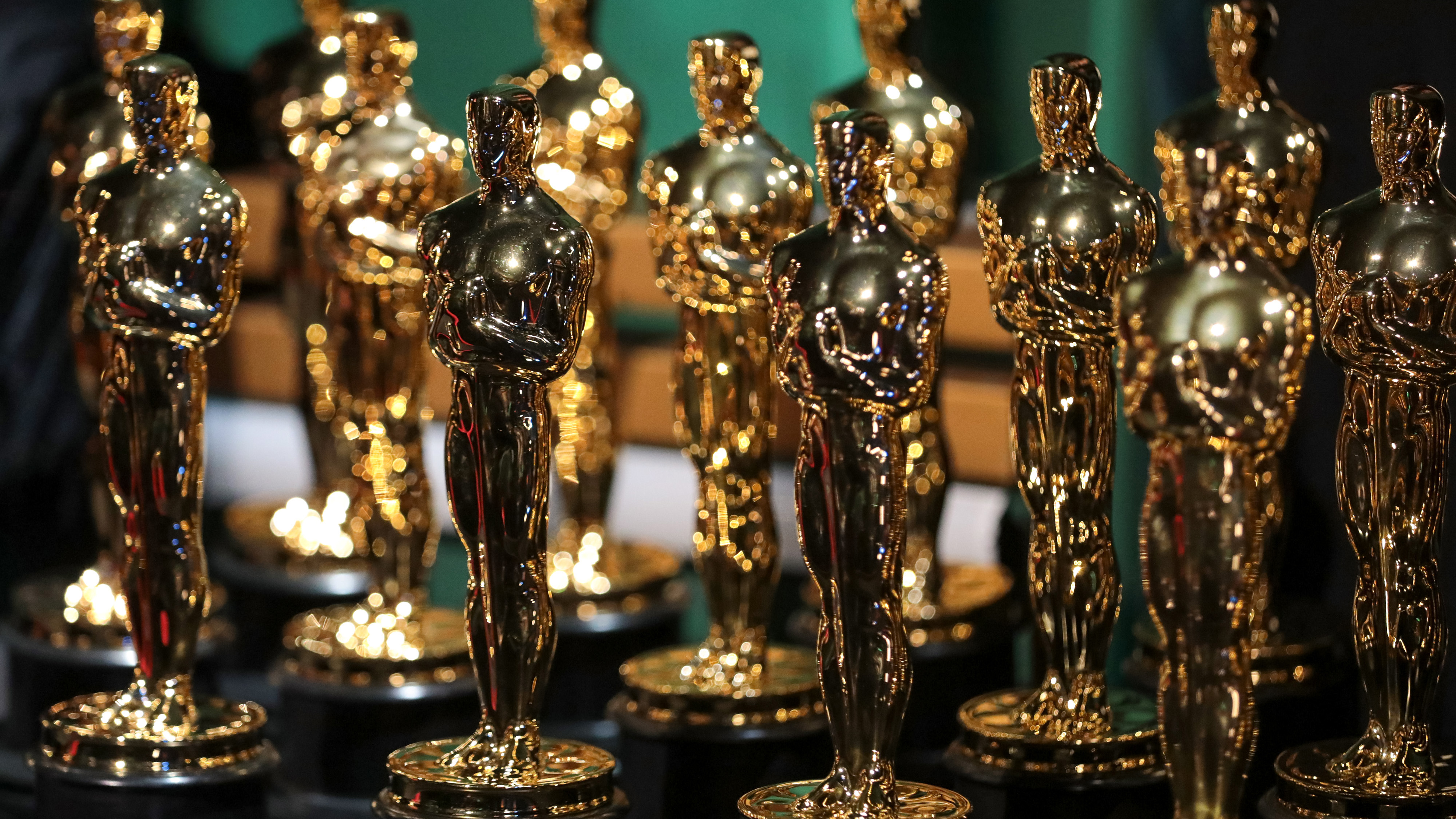Astronomy Photographer of the Year 2025 open for submissions from around the globe
Get outside and enter 2025's competition for your chance to win US$12,000 in prize money
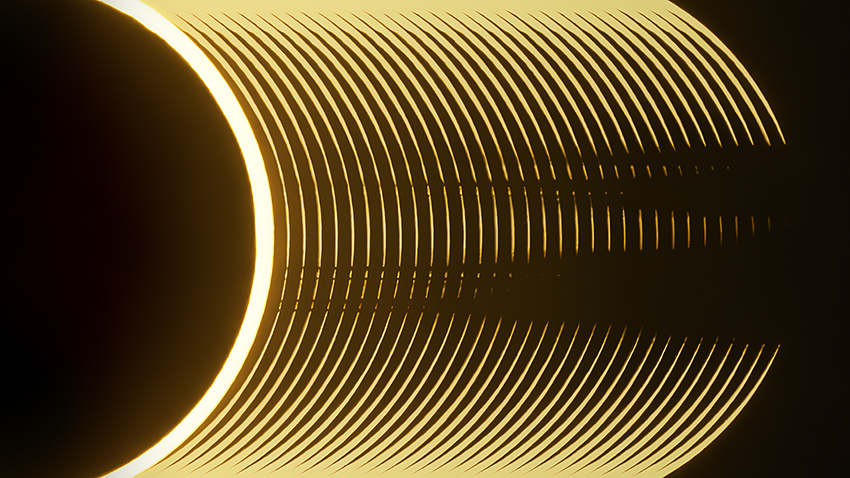
Now in its 17th year, the Astronomy Photographer of the Year competition is open for submissions.
The competition is organized by the Royal Observatory Greenwich in London, England, in association with BBC Sky at Night Magazine, and is open to all ages, and abilities across the globe, so grab your camera and get outside under the stars before the competition closes on March 03 2025.
Entrants can submit up to ten images into the eight categories via the Royal Museums Greenwich. The categories are: Skyscapes, Aurorae, People and Space, Our Sun, Our Moon, Planets, Comets and Asteroids, Stars and Nebulae, and Galaxies.
As well as the main categories the competition also includes the Young Astronomy Photographer of the Year prize, which is open to budding photographers under the age of 16. There are also two special prizes, The Sir Patrick Moore Prize for Best Newcomer and The Annie Maunder Open Category.
The Sir Patrick Moore Prize for Best Newcomer recognizes newcomers who have only been practicing astronomy photography since January 2024, are aged 16 or over and have not entered the competition before.
The Annie Maunder Open Category rewards innovative approaches to astronomy art.
After the competition concludes, 100 images – including all the winners, runners up and highly commended entries – will be displayed in an exhibition at the National Maritime Museum from September 2025.
Get the Digital Camera World Newsletter
The best camera deals, reviews, product advice, and unmissable photography news, direct to your inbox!
The overall winner will receive £10,000 (approximately $12,100 / AU$19,700), while winners of the categories and the young photographer of the year will receive £1,500 ($1,800 / AU$2,900). Runners up will get £500 ($600 / AU$990) and highly commended photographers will get £250 ($300 / AU$500). All special prize winners will receive prize money of £750 ($900 / AU$1,500). All winners will also receive a one-year subscription to BBC Sky and Night Magazine.
There is a fee of £10 ($12 / AU$19) per entrant for the adult competition, and entry to the young competition and special prizes is free. More information can be found on the official website.
Let’s take a look at some of the stunning winners of 2024’s competition…
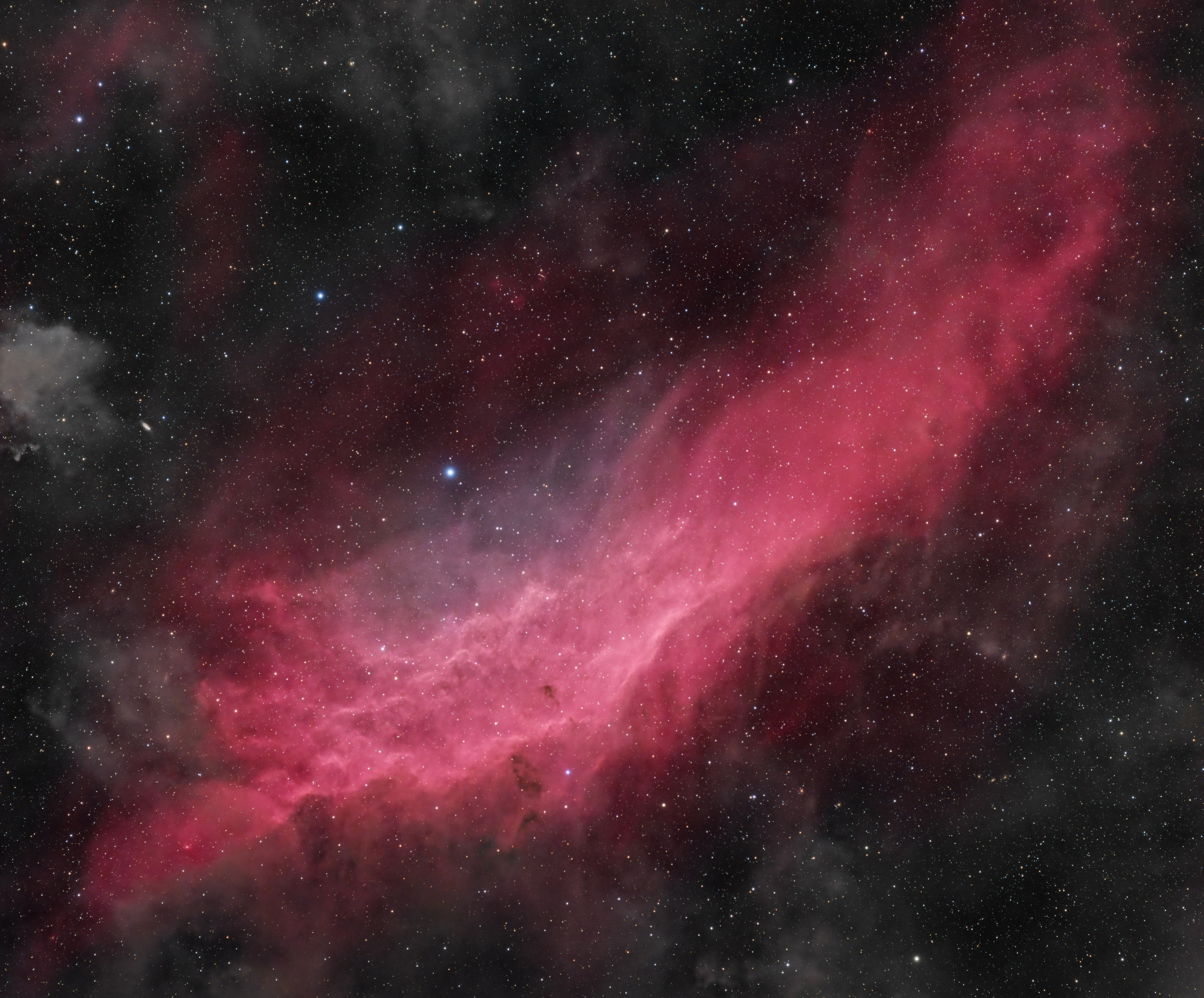

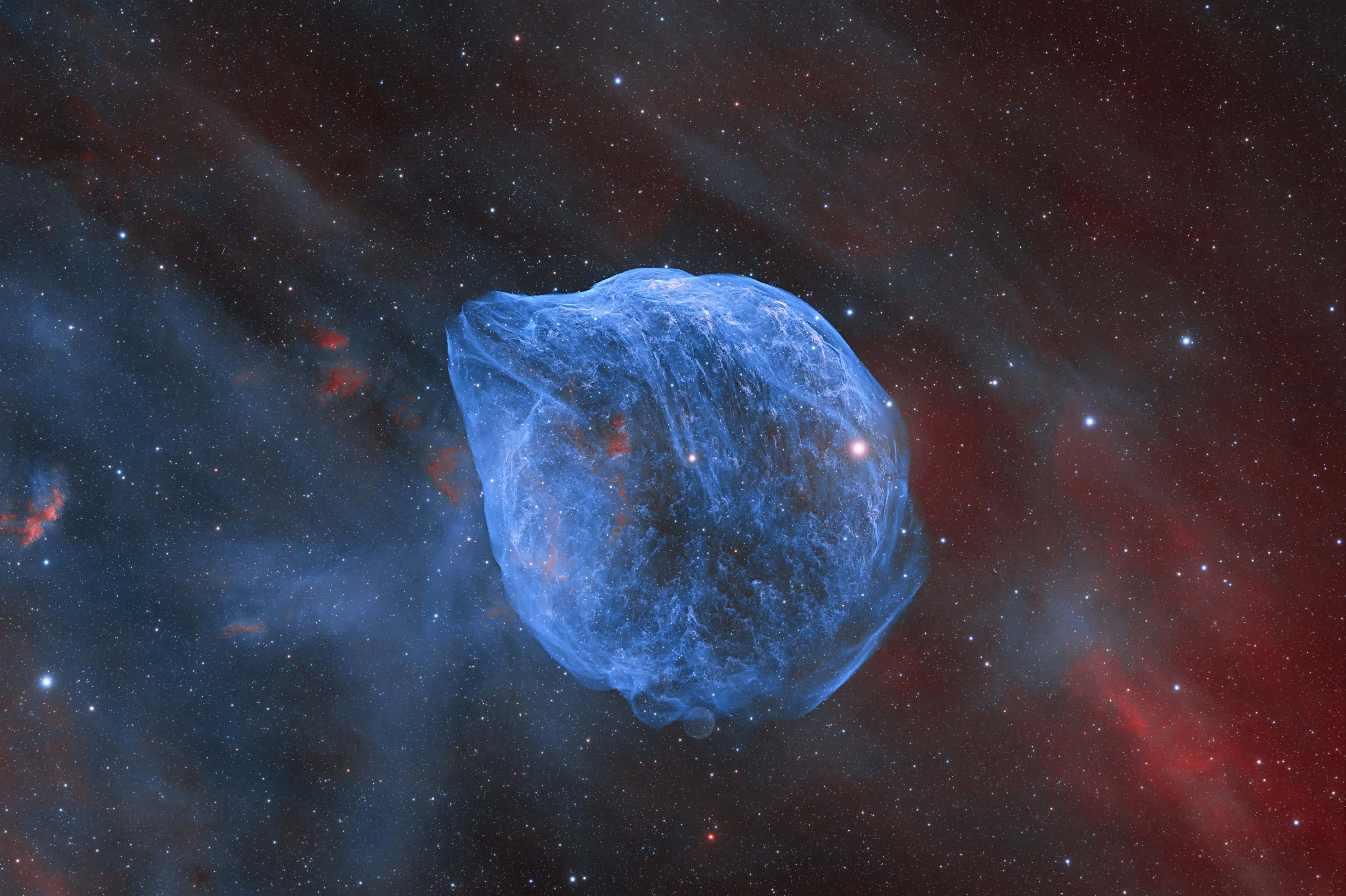
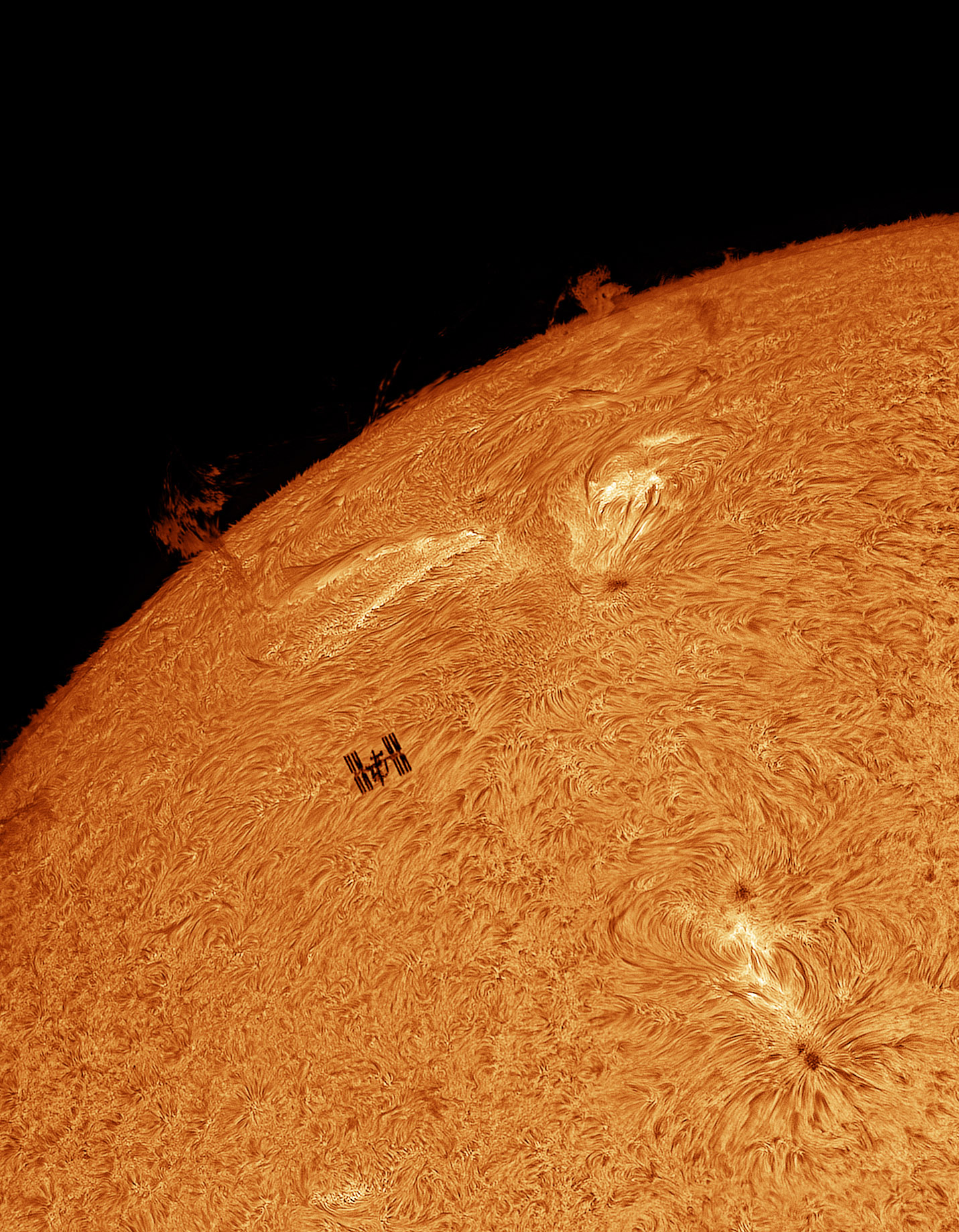
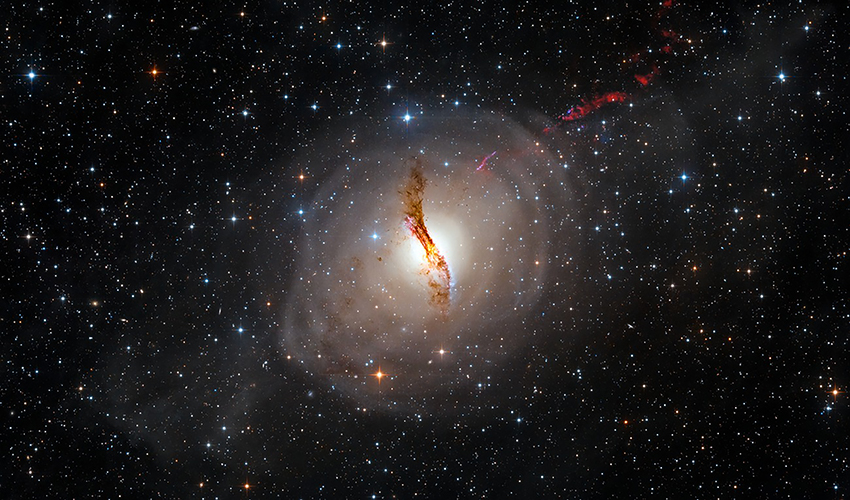
Check out our guide to the best cameras for astrophotography, and the best lenses to capture the night sky.
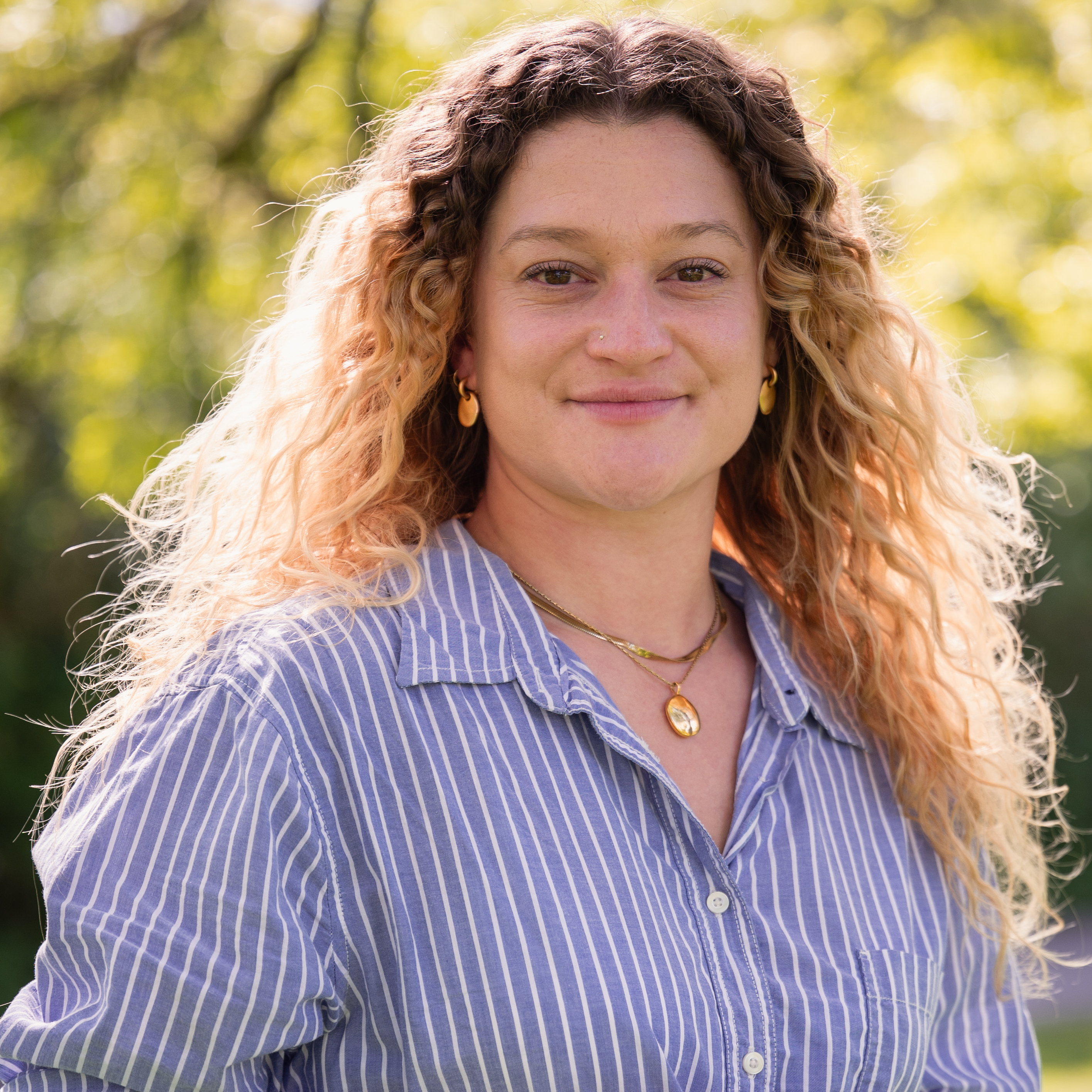
After graduating from Cardiff University with an Master's Degree in Journalism, Media and Communications Leonie developed a love of photography after taking a year out to travel around the world.
While visiting countries such as Mongolia, Kazakhstan, Bangladesh and Ukraine with her trusty Nikon, Leonie learned how to capture the beauty of these inspiring places, and her photography has accompanied her various freelance travel features.
As well as travel photography Leonie also has a passion for wildlife photography both in the UK and abroad.
